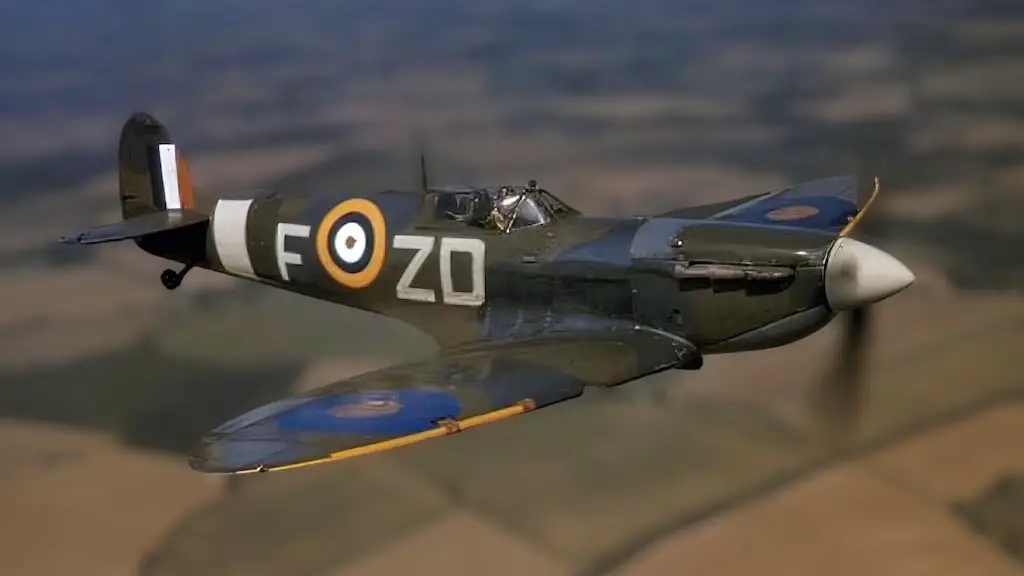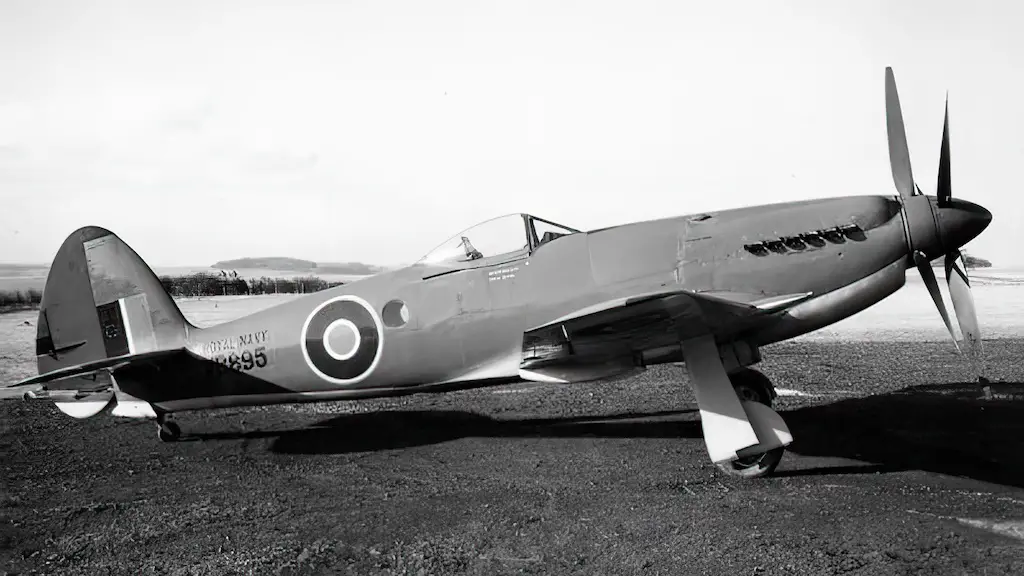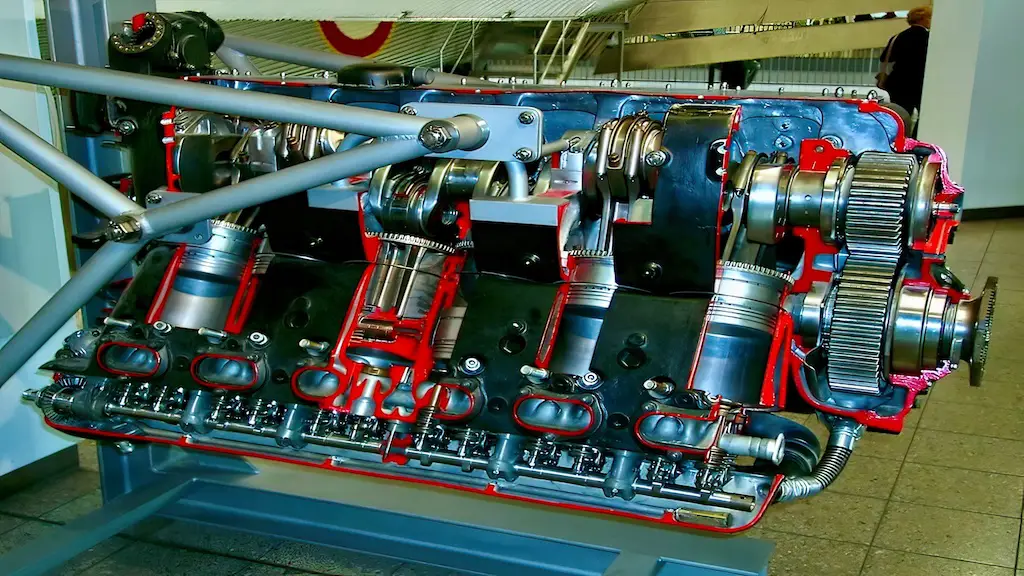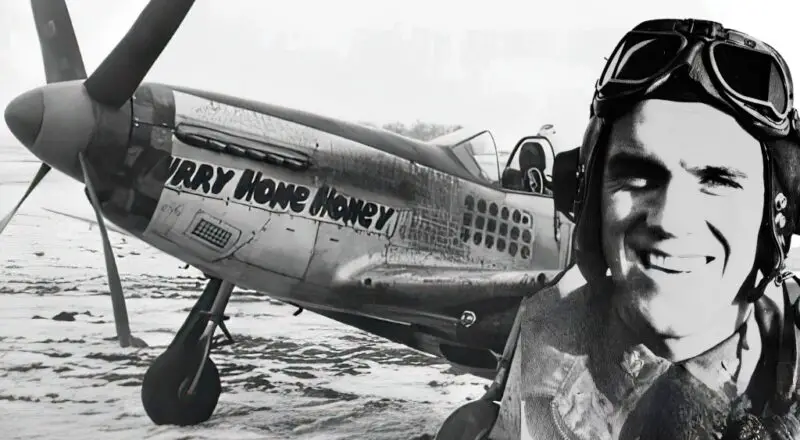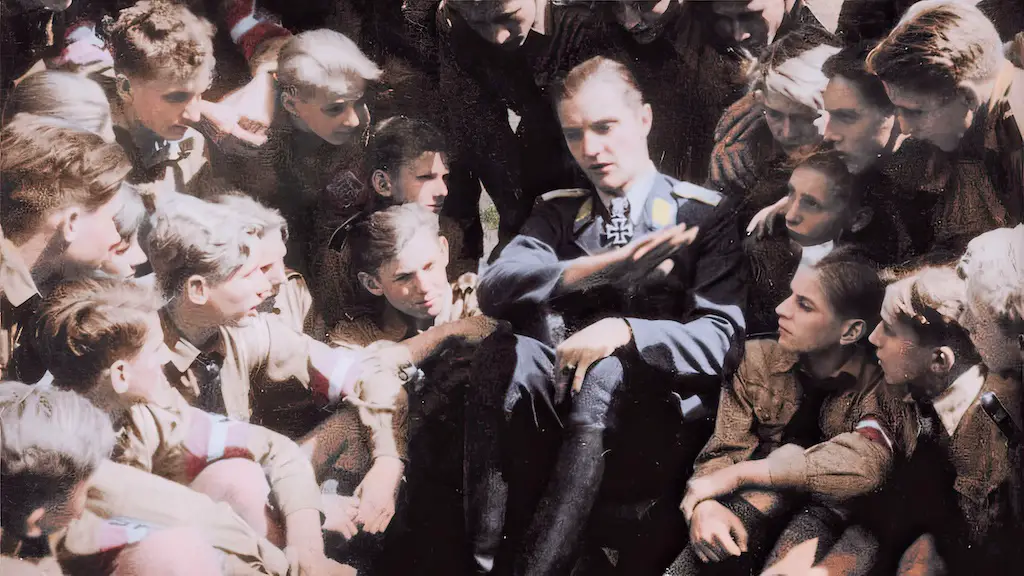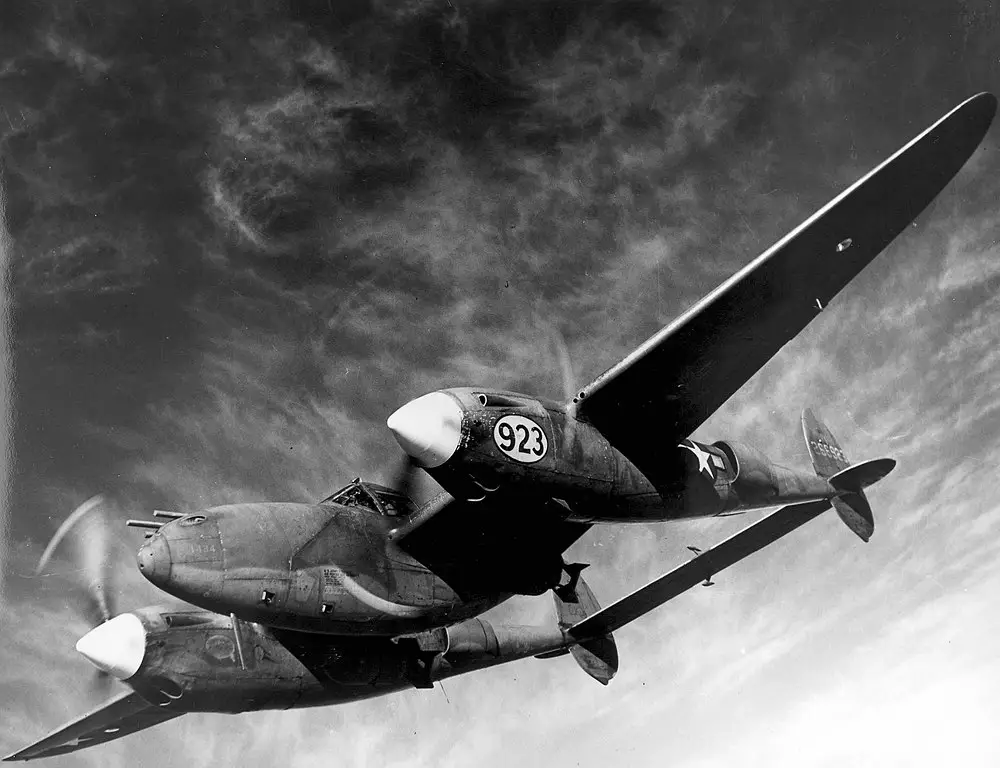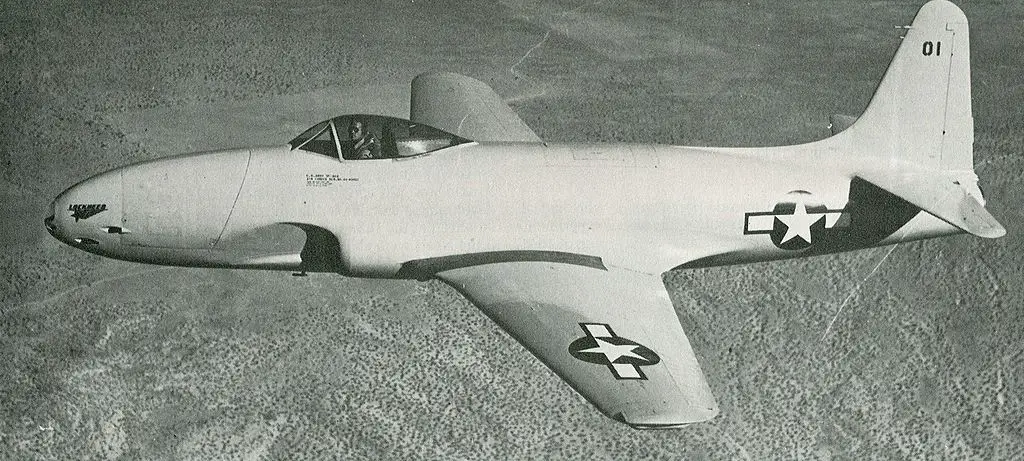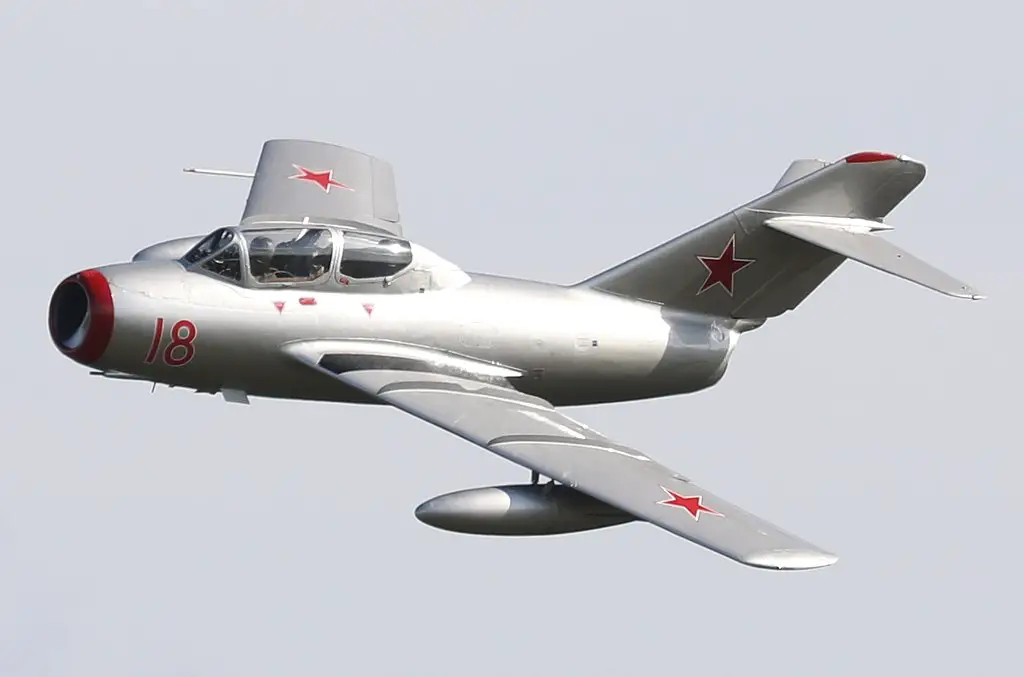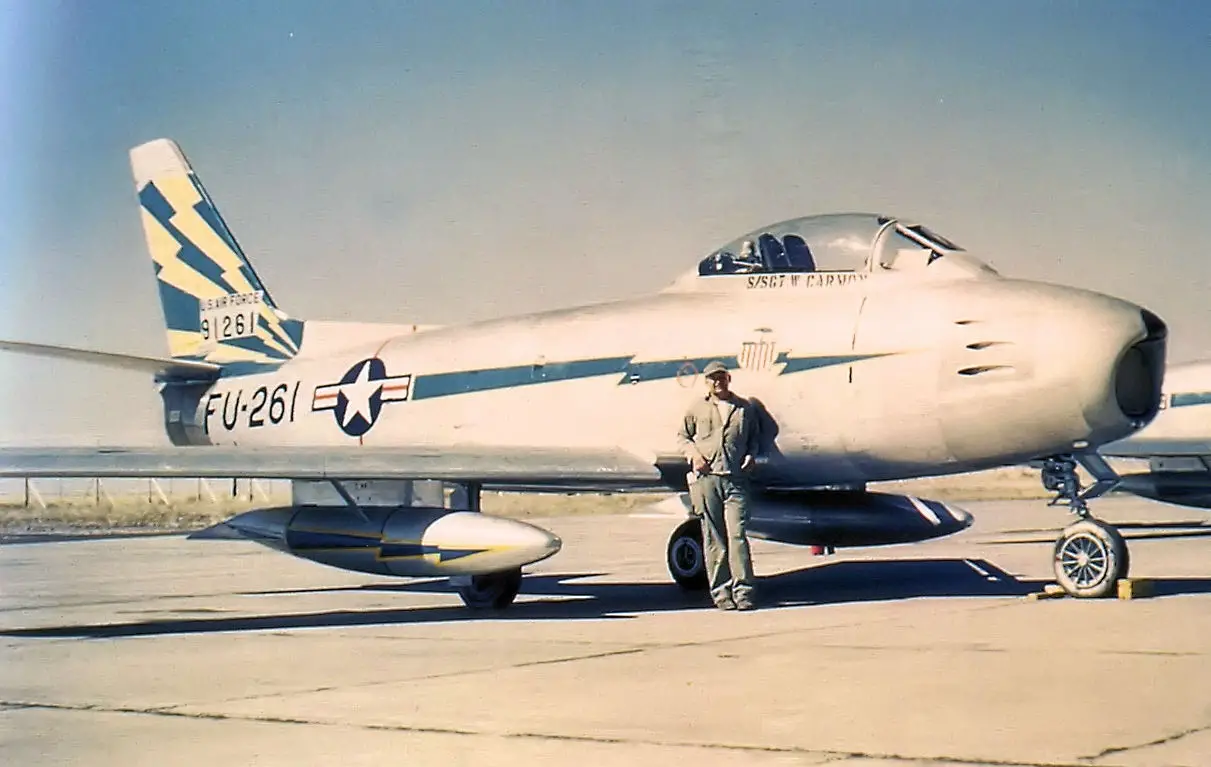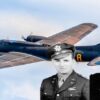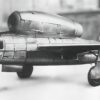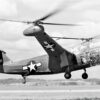Fighter Ace
When it comes to United States fighter aces, Chuck Yeager is potentially the most famous for breaking the sound barrier. Even his name has a nice ring to it. Other well-known aces include “Thach Weave” deviser Jimmy Thach, “Black Sheep Squadron” commander Gregory “Pappy” Boyington, and Robin Olds.
Nevertheless, the US’s top ace is less famous today than these other flyers. The ironic part is that the United States of America’s first combat-ready jet fighter, the P-80 Shooting Star, and not an enemy, bears part of the blame.
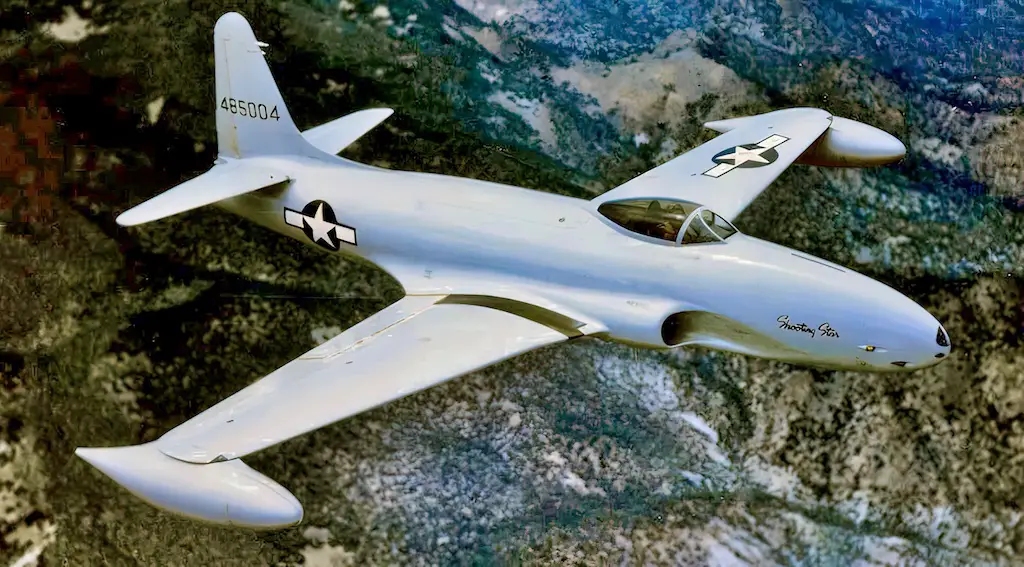
Tragedy strikes
Major Richard Ira Bong amassed a victory score of 40 during the Second World war flying the esteemed Lockheed P-38 Lightning. The plane became an icon of the war, as it was most famous for being the mount of Captain Thomas G. Lanphier, Jr. as he took down Japanese Admiral Isoroku Yamamoto.
Unlike Yeager and Olds, Bong never got the fortune to serve the military for decades, nor did he get an opportunity to profit from his time in service, like Boyington. On August 6, 1945, tragedy struck and Bong’s life was cut short while testing the Lockheed P-80A Shooting Star.
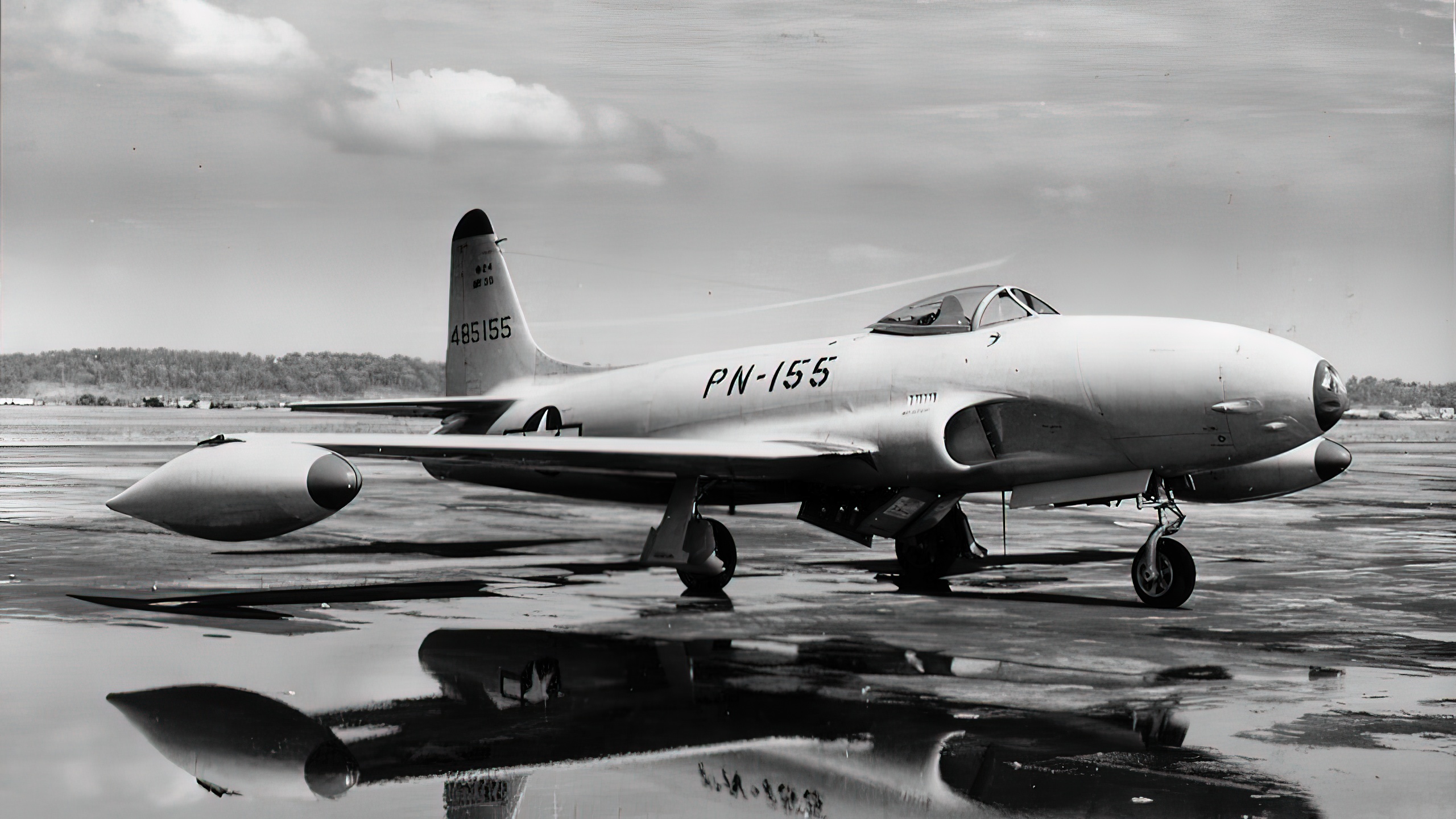
Operational
During the war years, the United States had fallen behind on operational jet fighters. The Germans had already developed and deployed the Me-262 Schwalbe (Swallow) operationally and it saw action against Allied air forces. The British countered the Swallow with the Gloster Meteor, but it would take a full year before the US intervened with the P-80 ready to join the fight.
Nevertheless, to talk about the P-80 / F-80 Shooting star, the “P” abbreviation for pursuit was replaced by the “F” codename for the fighter in 1948, just as the aircraft that ended the United States’ top fighter ace would be quite unfair in the aircraft’s right. Its contribution indeed outweighed the heavy cost that it took.
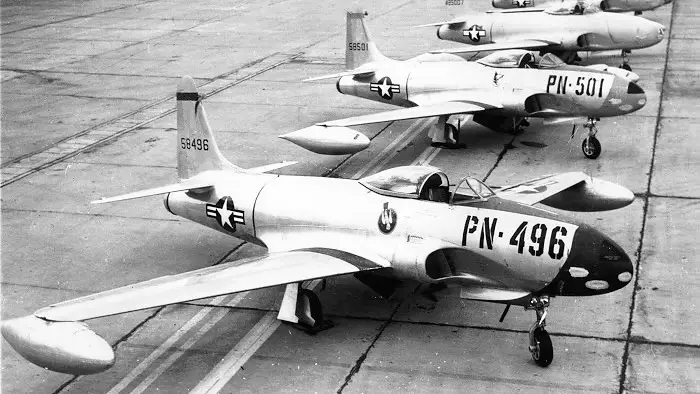
Cancellation
As a result of the large-scale cancellation of contracts that occurred at the end of the Second World War, only two pre-production models of the P-80 ever made it to the front.
In accordance with aviation historian Joe Baugher, an initial purchase of 1,000 units was followed up by a second contract requesting 2,500 more planes. However, after Japan’s unconditional surrender, the second contract got the chop.
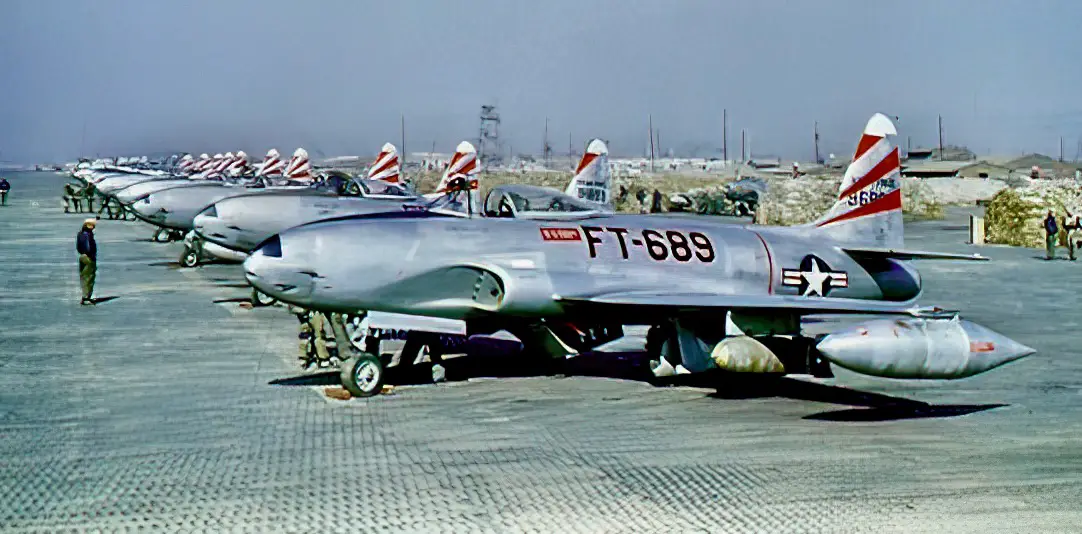
Korean War
The US continued to produce Shooting Stars after the war, but at a far slower pace than before. Nonetheless, by the time the Korean War broke out around five years later, units of F-80Cs were already prepped for their combat debut. Despite being less technically capable than the Soviet enemy planes such as the MiG-15, the F-80 held the line, scoring 37 victories while only suffering 14 air-to-air losses.
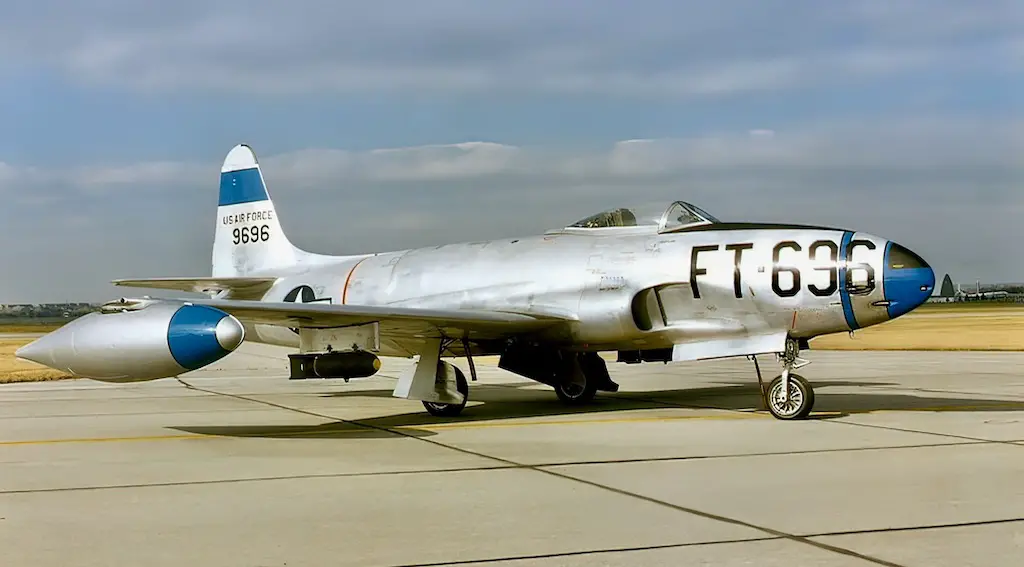
This was primarily due to the United States’ better-equipped and trained pilots. The P-80/F-80 served as a fighter bomber throughout the conflict, especially while the F-86 Sabre put up a match in the skies. Following the Korean War, many of the F-80Cs that survived were handed down to air forces of various Latin American countries and they continued to serve well into the 1970s.

